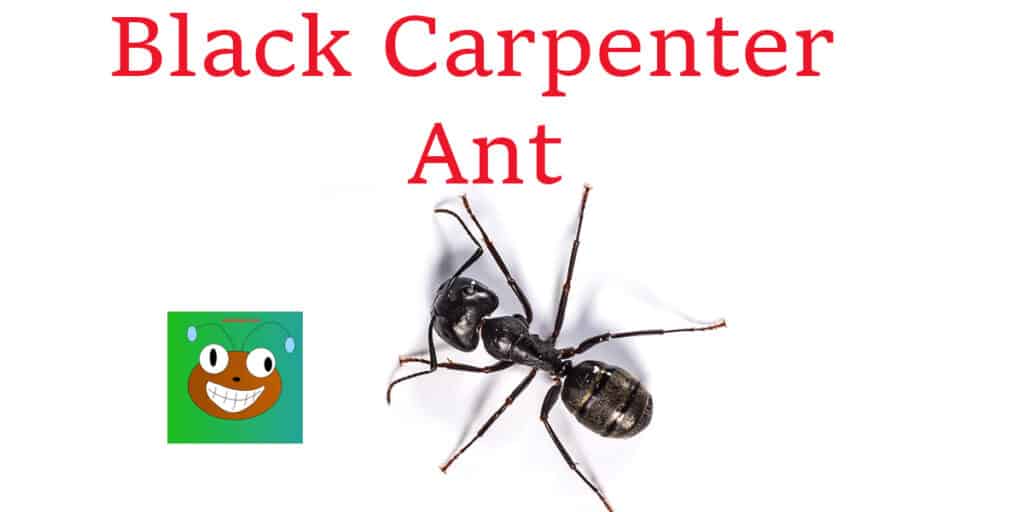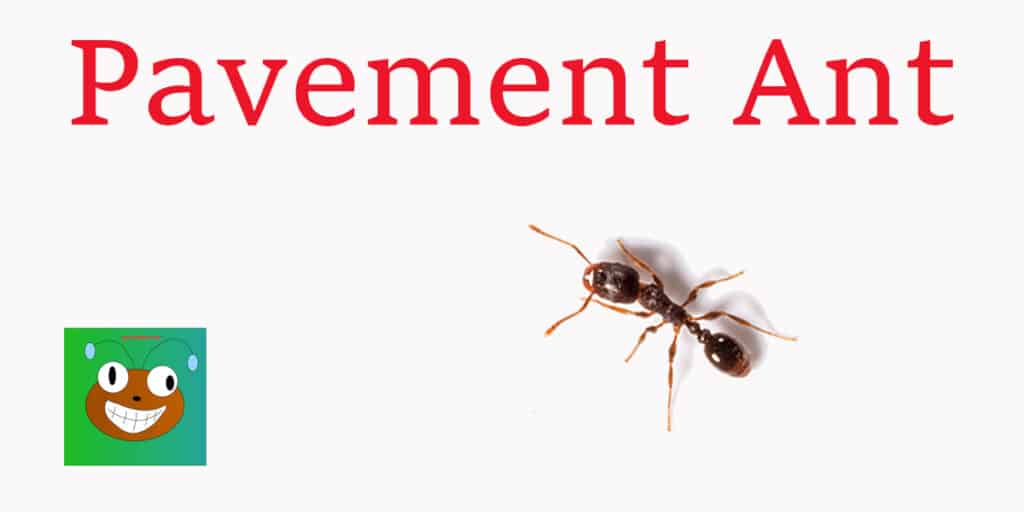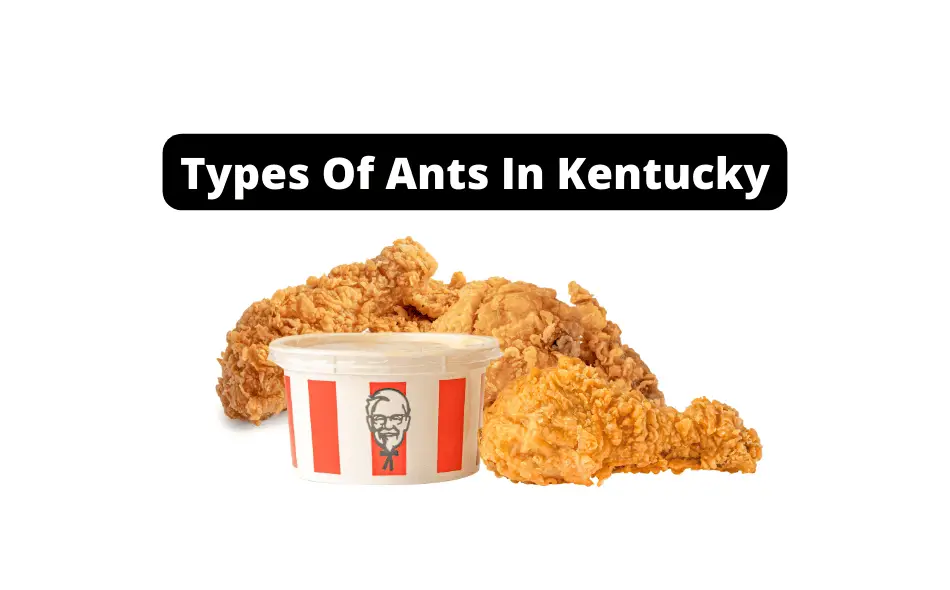Ants can be found almost everywhere in the world, but the type of ants will differ in each place.
Kentucky is a state in the southeastern region of the United States, known for its rolling hills, horse racing, and bourbon distilleries.
The state is also home to the Mammoth Cave National Park, the largest cave system in the world, which draws visitors from around the globe. In addition to its natural wonders, Kentucky is famous for its fried chicken, bluegrass music, and the Kentucky Derby, one of the most prestigious horse races in the world.
And just like Arizona has its cool features, Kentucky has a unique and diverse ecosystem of animals that includes rare species like the white-tailed deer and the Kentucky Warbler.
While all of this makes Kentucky great, we can’t forget the cool ants in Kentucky.
These ants listed below would be perfect to start your ant-keeping journey, as they’re well-adjusted to Kentucky’s humidity, water, and temperature!
Types Of Ants In Kentucky
Kentucky is home to many ants; these include Acrobat Ants, Carpenter Ants, Field Ants, Pavement Ants, Thief Ants, and Yellow Ants.
Acrobat Ant
Due to the adaptable way, a worker pulls its belly (gaster) out over the whole frame; these species are called acrobat ants.
The term acrobat ant refers to the ant Market growth-driven ashmeadi (Emery). The average length of acrobat ants ranges from 2.6 to 3.2 mm and is considered small-medium.
Their bodies are glossy and range from pale red or brown to black.
An acrobat ant’s most distinctive feature is its heart-shaped gaster, raised across its thorax when threatened. Coastal pine woods often include an ant nest within every tree in the cavities created by cossid moth caterpillars and pine beetles.

A colony of acrobat ants lives within every tree, fiercely protecting their territory. However, an extensive colony may extend to 2 or 3 pine trees if two or more trees are nearby. The term acrobat ant refers to the Crematogaster ashmeadi.
There are around ten kinds of Crematogaster throughout the southern United States, with Crematogaster ashmeadi being the most prevalent species.
Due to their incredible ability to raise their belly (gaster) over their entire thorax, these species are called acrobat ants for these fantastic acrobats.
The average length of acrobat ants ranges from 2.6 to 3.2 mm, and is considered tiny to medium size ant.
Their glossy spines range in hue from pale red to brown and black.
However, an acrobat ant’s most distinctive feature is the heart-shaped gaster, raised above its thorax when threatened. These ants love to harbor inside trees and crawl all over wires.
One of the easiest ways to spot these ants is by inspecting wires, looking for their waste.
A standard nest may extend over three pine trees if two or more trees are nearby. A colony of acrobat ants lives in each pine, fiercely protecting their territory.
Carpenter Ant
Carpenter ants got their name because they dig wood to make their nests, creating neat tunnels within the wood.
These ants will only chew and burrow through the wood to build nests; Interestingly, they do not consume wood.
Carpenter ants’ length ranges from 12 to 25 mm depending on the species.
Carpenter ants that are black are frequent pests, but these insects can also be all-black, all-red, or all-brown.
When mature, the black western carpenter ants colony has ten to twenty thousand workers.



Incredibly, some big colonies have more than fifty thousand ants.
In most territories, there is only one active, wingless Queen. The colony must be older than two years before the production of swarmers takes place (potential new queens).
Instead, swarmers are produced the year before and kept in the nest during winter in preparation for the ensuing years’ dispersal.
In the east of the US, swarmers arrive from May through August, whereas in the west, they appear from February till June.
Field Ant
The field ant is one of Wisconsin s most prevalent insects (Formica spp.). The ants are renowned for creating substantial mounds that destroy many residential lawns’ beautiful appearance.
Subsequently, cutting the grass is challenging and prevents the development of herb and woody ornamental plants.
Field ants are pretty big, with lengths between 1.5 and 3 inches.
Some species are entirely black, while others have either a black or red color. Their hue might change.
Colonies of field ants can last for over ten years. The queen lives in each nest and produces all the embryos that eventually become infertile females (workers) or males (drones).
They mostly gather food outside, consuming both living and dead bugs alongside aphid honeydew.
Field ants do not need to be controlled in places where there is no civilization and usually dominate non-residential regions.
Pavement Ant
The head and thorax of pavement ants are marked with grooves, the thorax being the only part of the body-bearing spines.
Their size is usually between 2.5 and 3 mm in length.

Pavement ants get their name because they typically make their nests under roadways, building foundations, and sidewalks.
Therefore, an area of disturbed soil near a paved surface is likely the result of pavement ant activity. Pavement ants may build their nests inside buildings near a heat source, mainly during winter.
These trailing ants consume many items, including honeydew from aphids, oily foods, seeds, and dead insects. Pavement ant colonies include up to 4,000 workers comprising several queens.
The queens are much bigger than the workers, going upwards of 9 mm in length.
The drones and young queens searching for partners are frequently spotted on nuptial flights during the end of spring and the start of summer. Drones and queens that reproduce have wings.
Thief Ant
Among the tiniest species of domestic ants is the thief ant. They received their name because they tend to build their nests near or inside those of other ant colonies, which they subsequently raid for food and eggs.
Although they can have numerous queens and thousands of workers, their colonies are typically smaller than other ant species.
While they have different traits, thief ants and pharaoh ants can frequently be mistaken.
Due to their preference for fatty meals and sweet delights, these ants are sometimes called grease ants or sugar ants.
The majority of the Eastern US is home to this species.
The bodies of thief ants range in color from light brown to pale yellow. They are usually 1.5 mm – 2.2 mm in size. Their body is irregularly shaped, with their thorax appearing to lack spines. But their waist comprises two nodes.

